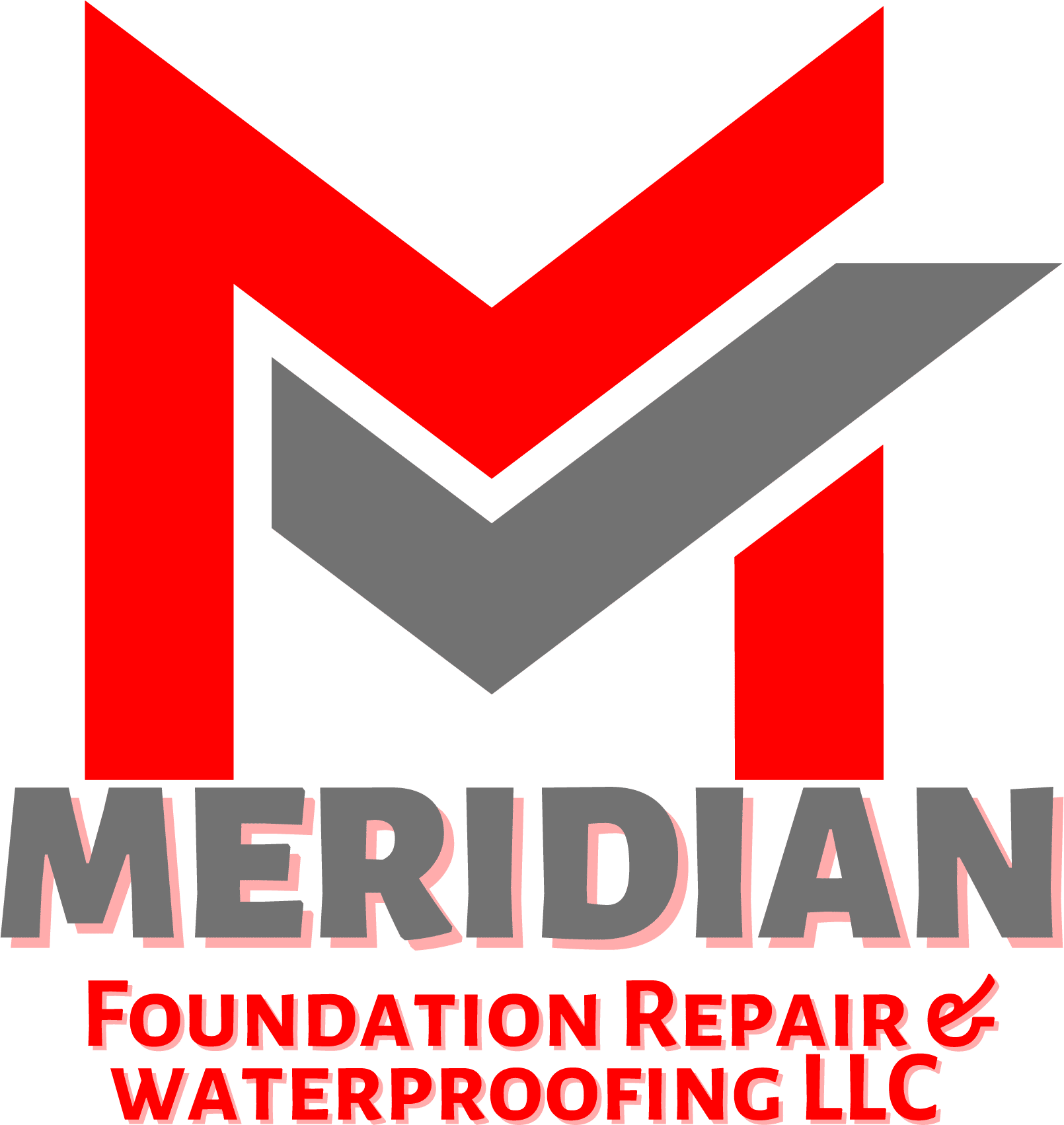Water damage can be devastating to homes and apartments, and homeowners and tenants alike are at risk. Water damage may be caused by many different causes, such as a burst pipe, a leaking roof, or even a natural disaster. Having the means and knowledge to fix up and rebuild after natural disasters or other catastrophes is more crucial than ever.
In this post, we’ll go over 12 essential tips for repairing water damage to your house, which will help you restore your life back to normal after an incident like this. We’ve got you covered in every known way, from making sure you and your belongings are secure to salvaging what you can of your possessions, repairing any broken plumbing, and sealing off the basement.
Safety First
Safety should always come first, so don’t hurry into fixing water damage. In order to prevent any accidents, make sure to switch off the water, gas, and power. If there is a lot of water damage, it could be a good idea to wear protective clothing such as gloves, masks, and waterproof boots.
Assess The Extent Of The Damage
Find out which parts of the house were affected by the water damage and focus on fixing those problems. This examination will help you select which repair methods to utilize depending on the level of damage that has been sustained.
Remove Standing Water
Mold and mildew have the potential to swiftly spread when there is standing water present. Make use of pumps, wet vacuums, or buckets in order to get rid of the excess water. It is essential that appropriate drainage is set up as soon as possible.
Dry The Affected Area
If the area is dried up as soon as possible, mold growth and structural damage won’t have a chance to set in. Taking advantage of dehumidifiers and fans together is a great way to expedite the drying process. If necessary, throw open a window to bring in some new air and reduce the amount of moisture in the air.
Salvage Valuable Items
Before addressing the damage, the first action that must be taken is to collect any goods that may be salvaged from the impacted locations. Everything of value, including but not limited to furniture, electronic devices, literature, and clothing, should be moved to higher ground as quickly as possible.
Remove Damaged Materials
Carpets, drywall, and insulation that have been saturated through to their cores should be removed and discarded after being wet. This preparation is necessary for a successful repair because it prevents any extra deterioration from taking place during the process.
Check For Mold Growth
Mold can begin to develop as quickly as 24 hours after being exposed to water after being exposed to water. Keep a watch out for mold, and if you detect any problems, make sure to take care of them. Put on your protective gear, such as a mask and gloves, and consider seeking assistance from a professional if the mold issue is serious.
Sanitize Affected Areas
Floodwaters may carry pathogens and contaminants that can cause infectious diseases. To protect the general population’s health, the impacted areas must be meticulously cleaned and disinfected. Ensure that there is enough supply of clean air and that the appropriate cleaning agents are utilized.
Repair Structural Damage
Damage caused by water is one of the most significant risk factors for structural failure. The harm caused has to be fixed as quickly as possible. Restore the security and steadiness of your home by repairing or replacing any walls, ceilings, or flooring that have cracks or holes in them. If you have significant repairs that need to be done, it is better to bring in professionals.
Check For Hidden Damage
Over time, water may seep into cracks and crevices, potentially causing damage that may not be immediately noticeable. It is crucial to check for signs of damage in places such as basements, crawl spaces, and behind walls. It is important to address any issues promptly to prevent further damage.
Seal Leaks
Finding the leak or the source of the water as soon as possible after noticing water damage is one of the most critical things that must be done immediately. Repairing the underlying issue, which might be anything from a broken pipe to a leaking roof, is necessary in order to prevent further water damage from occurring. Putting a stop to leaks is the way to go!
Get In Touch With Professionals
Some repairs for water damage may be done by the homeowner, while others require the expertise of qualified professionals. If there is significant damage, extensive mold growth, or structural integrity that has been compromised, water damage repair professionals have to be contacted for assistance. They can do complicated repairs since they are sufficiently skilled and prepared.
Conclusion
Repairing damage caused by water is a difficult undertaking that needs prompt attention. The long-term impacts of water damage can be mitigated by adhering to these 12 crucial tips. Always prioritize safety, evaluation, and quick response to lessen the blow. Some maintenance may be done on your own, but if the problem is more complicated, don’t be afraid to call in the experts. Your house may be restored to its former grandeur and your mind can be put at ease with hard work and the appropriate attitude.


